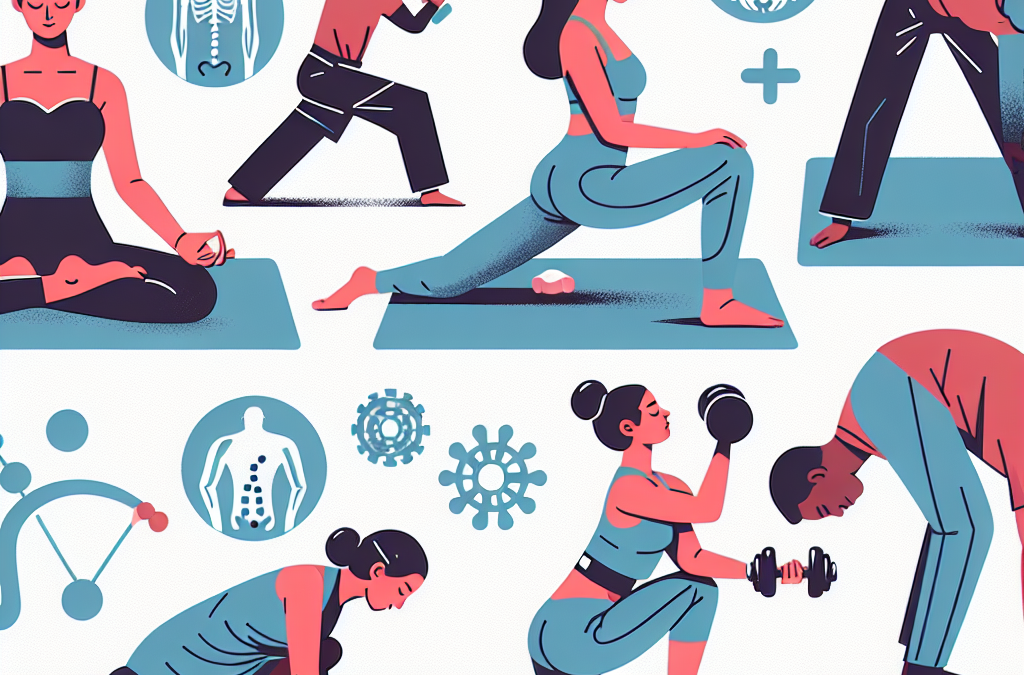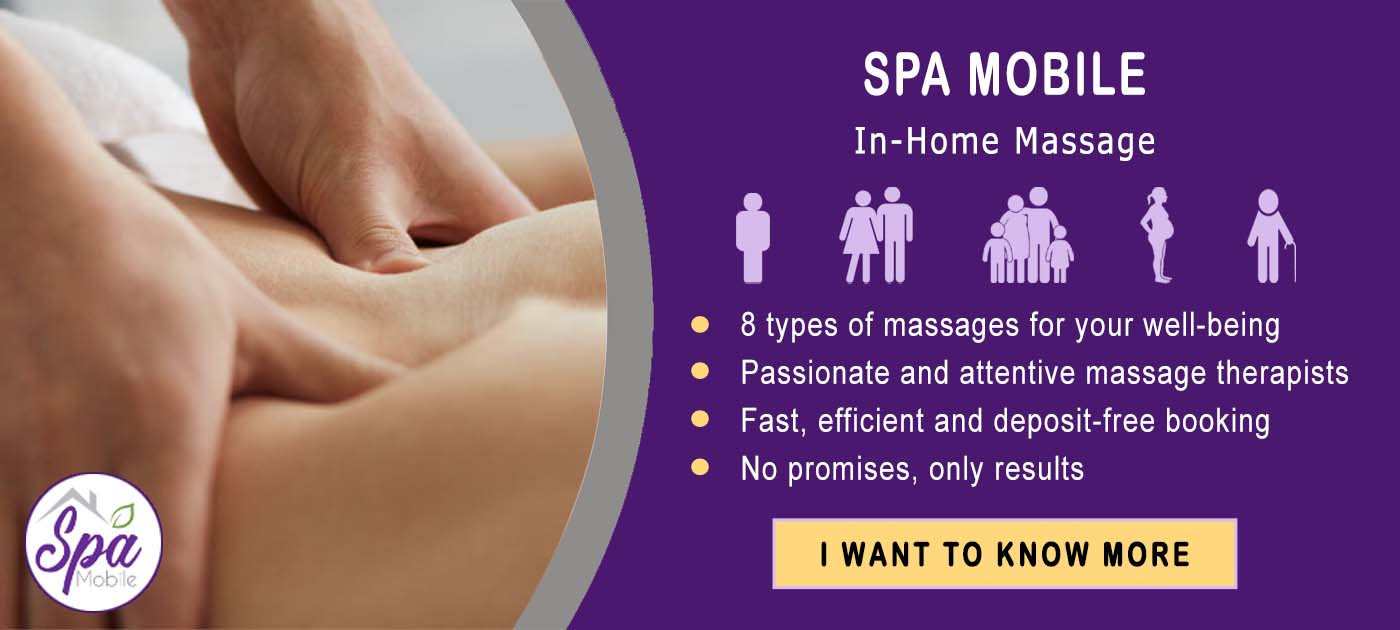Good posture is essential for maintaining a healthy spine and preventing back pain. Many factors can contribute to poor posture, including sedentary lifestyles, muscle imbalances, and improper lifting techniques. However, you can improve your posture and alleviate back pain with the right exercises and practices. Here are five exercises that can help you achieve better posture and reduce discomfort in your back.
1. Plank
The plank is an excellent exercise for strengthening the core muscles that support your spine. To perform a plank, start in a push-up position with your hands directly under your shoulders. Engage your core muscles and hold this position for 30-60 seconds. Make sure to keep your back straight and avoid arching or rounding it. The plank can help improve your posture by strengthening the muscles that support a neutral spine alignment.
2. Cat-Cow Stretch
The cat-cow stretch is a yoga pose that can help increase flexibility in your spine and alleviate tension in your back muscles. Start on your hands and knees with your wrists directly under your shoulders and your knees under your hips. Inhale as you arch your back and lift your head and tailbone towards the ceiling (cow pose). Exhale as you round your back and tuck your chin to your chest (cat pose). Repeat these movements for 10-15 repetitions to improve spinal mobility and reduce stiffness in your back.
3. Shoulder Blade Squeeze
The shoulder blade squeeze exercise can help strengthen the muscles between your shoulder blades and improve your posture. Start by sitting or standing with your arms by your sides. Squeeze your shoulder blades together as if you are trying to hold a pencil between them, then relax. Repeat this movement for 10-15 repetitions to strengthen the muscles that support proper shoulder alignment. The shoulder blade squeeze can help correct rounded shoulders and improve your overall posture.
4. Hip Flexor Stretch
Tight hip flexors can contribute to poor posture by pulling your pelvis out of alignment and causing lower back pain. To stretch your hip flexors, start in a lunge position with one knee on the ground and the other foot in front of you. Keep your back straight and gently push your hips forward until you feel a stretch in the front of your hip. Hold this stretch for 30 seconds on each side to improve flexibility in your hip flexors and alleviate tension in your lower back.
5. Wall Angels
Wall angles are a great exercise for improving shoulder mobility and strengthening the muscles that support good posture. Stand with your back against a wall and your feet a few inches away from the wall. Raise your arms overhead and bend your elbows to 90 degrees, creating a goalpost shape with your arms. Slide your arms up and down the wall in a snow angel motion while keeping your back and elbows in contact. Repeat this movement for 10-15 repetitions to improve shoulder flexibility and strengthen your upper back muscles.
Conclusion
Improving your posture and alleviating back pain requires a combination of exercises, stretches, and lifestyle changes. By incorporating the five exercises mentioned above into your daily routine, you can strengthen the muscles that support proper posture and reduce discomfort in your back. Remember to practice good posture throughout the day, avoid prolonged sitting or standing, and take breaks to stretch and move your body. You can achieve better posture and a healthier spine with consistency and dedication.
FAQs
1. How often should I perform these exercises?
It is recommended to perform these exercises at least three times a week to see improvements in your posture and alleviate back pain.
2. Can these exercises help with chronic back pain?
While these exercises can help improve posture and alleviate back discomfort, it is important to consult with a healthcare professional if you have chronic back pain or underlying medical conditions.
3. Are there any modifications to these exercises for beginners?
Beginners can modify these exercises by starting with fewer repetitions or holding each position for a shorter duration. It is important to listen to your body and gradually increase the intensity of the exercises as you build strength and flexibility.



